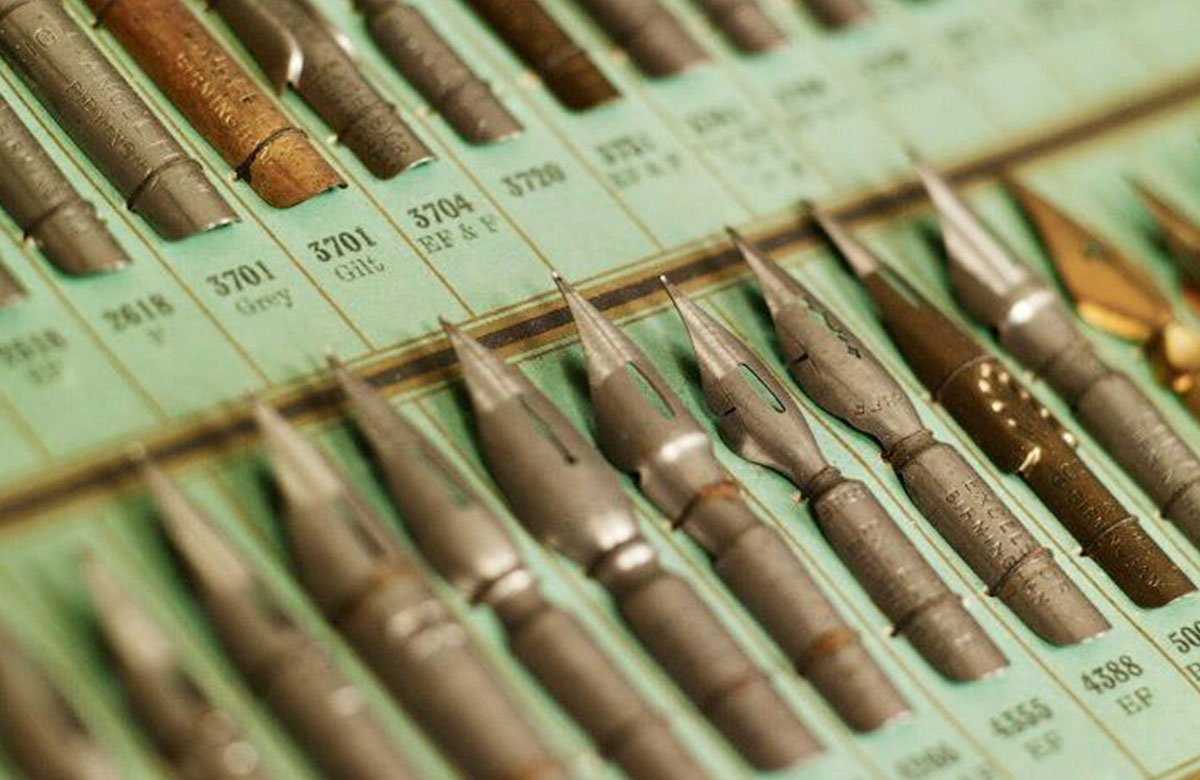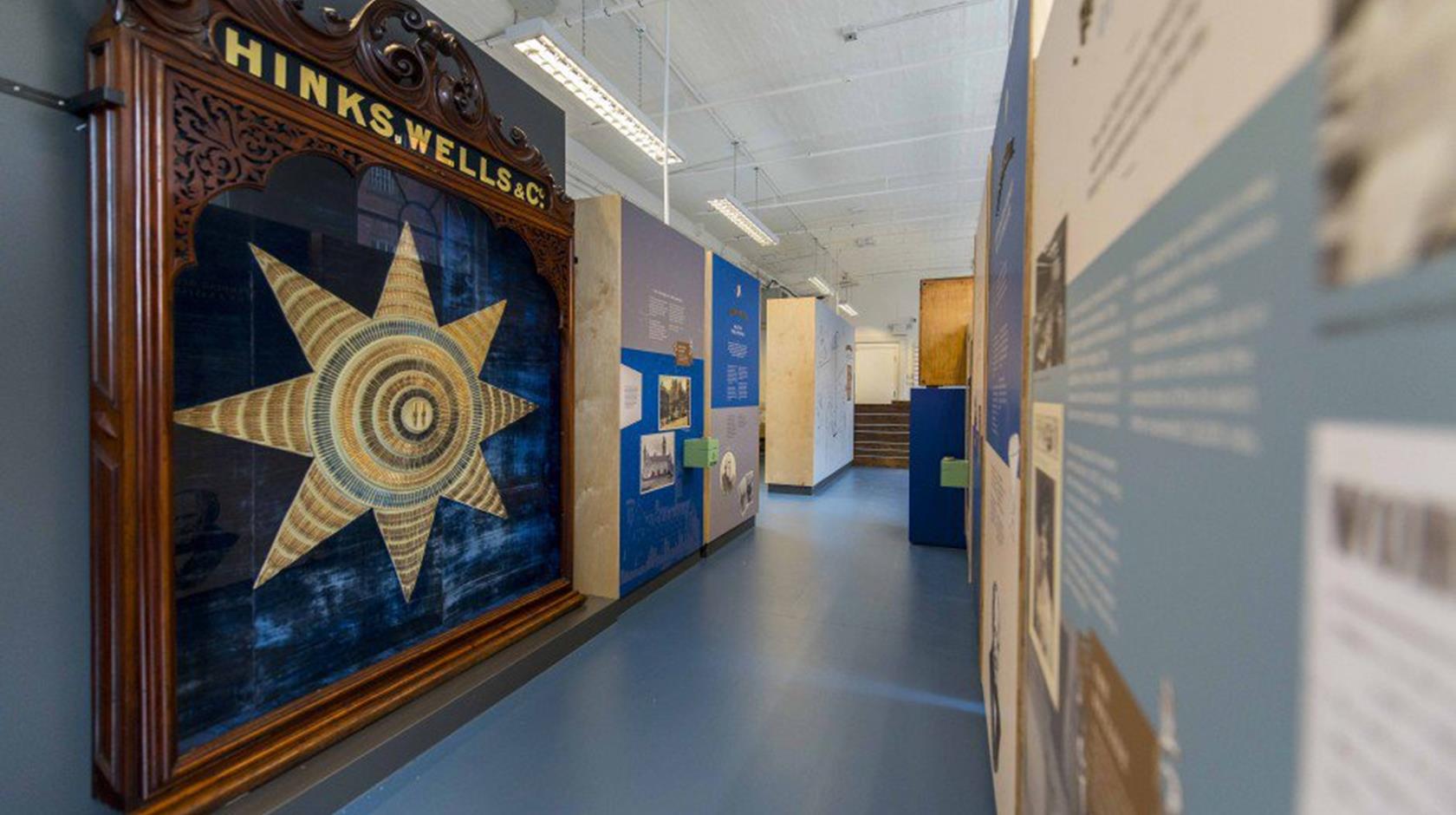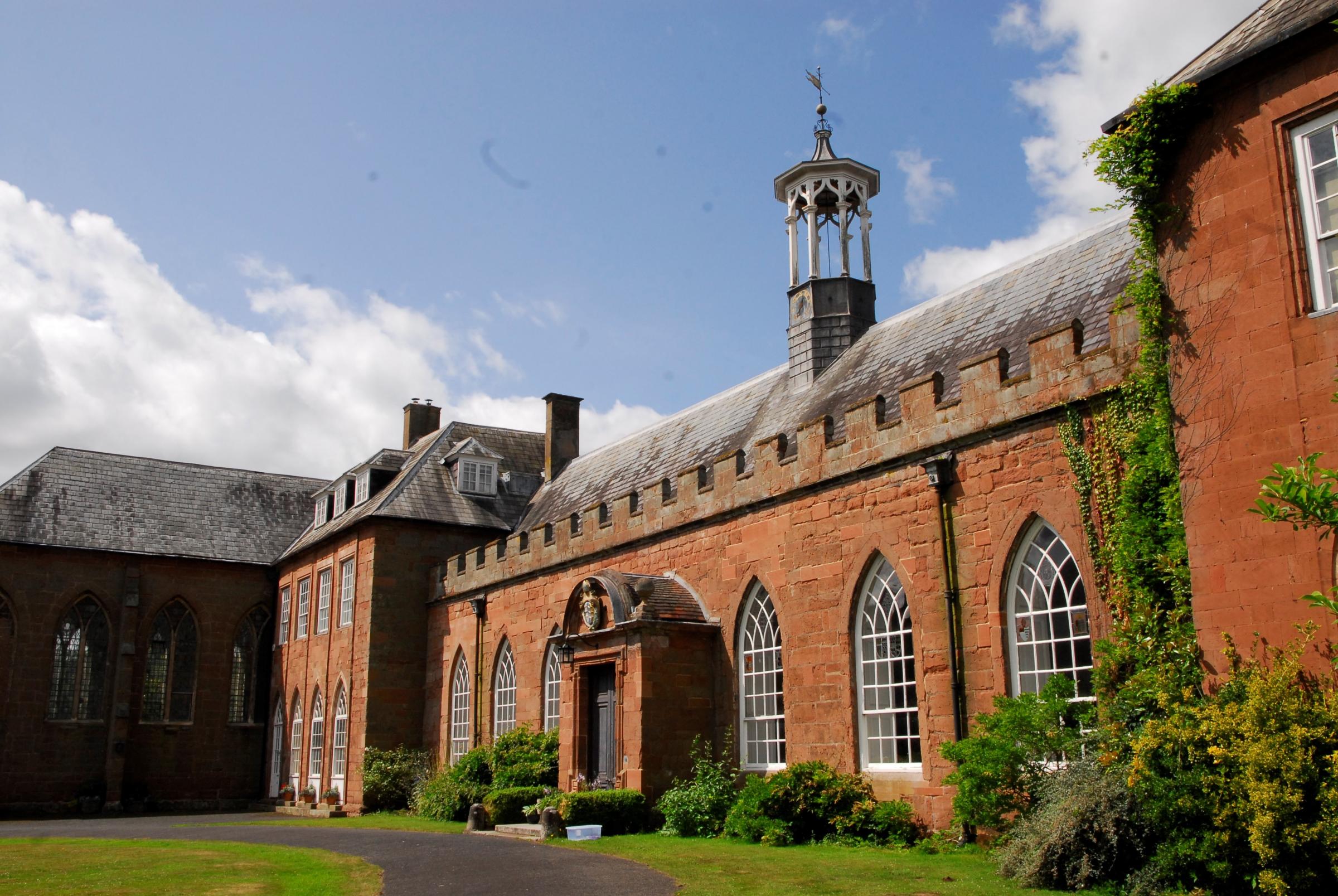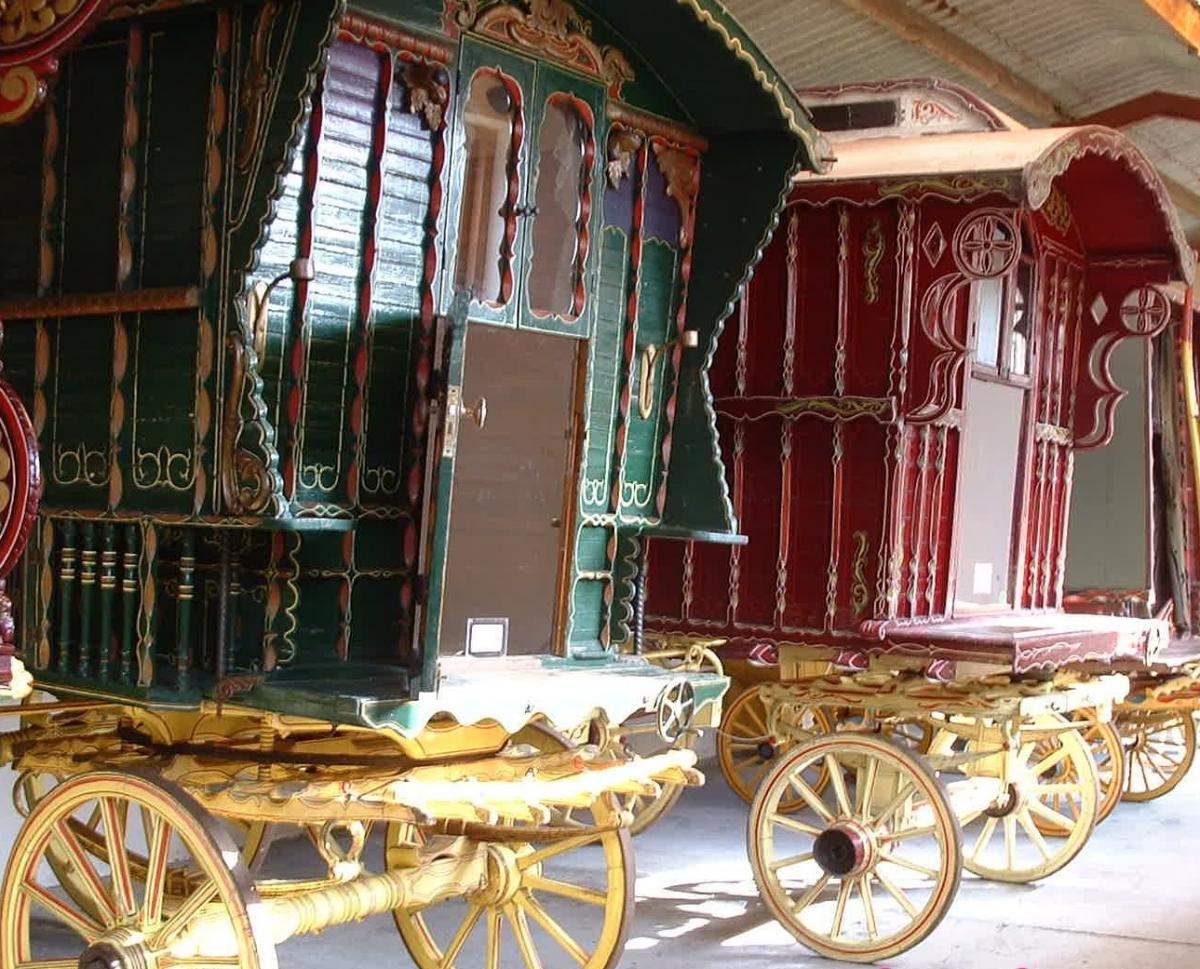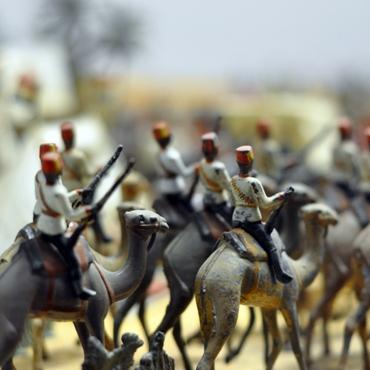
National Motorcycle Museum – A Triumphant Experience
Early dawning, Sunday morning. B (the Beast from the East); the satanist and I have just dropped my grandmother off at Birmingham New Street. Having ensured her arrival at platform 7A, we exited via the putrid-smelling short stay car park. Our objective was clear: see some awesome motorbikes.
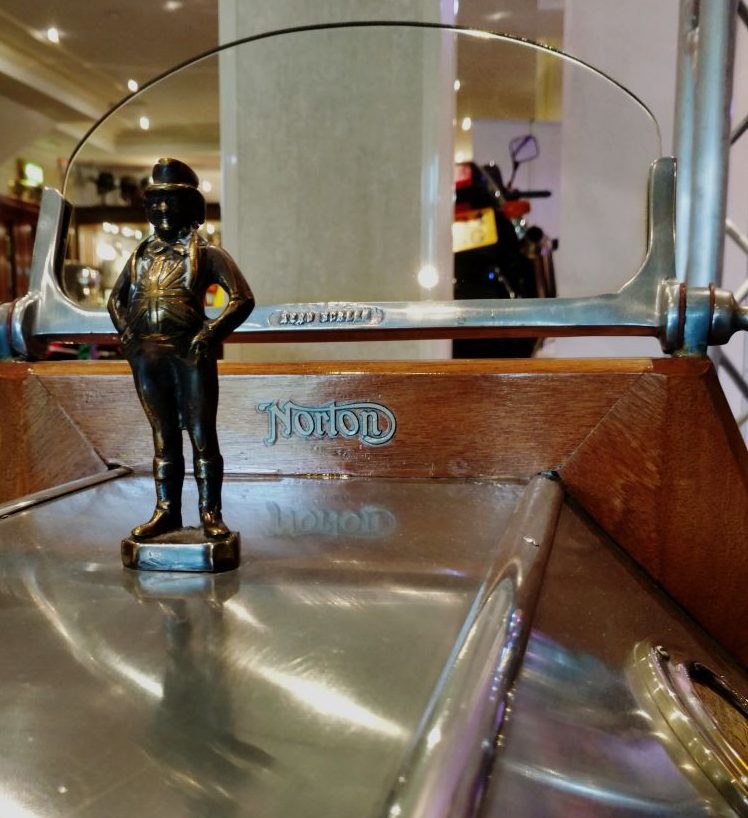
.
.
.
.
.
Our first encounter with excellency was in the entrance hall of the museum. Just before the ticket office I noticed a curious hood ornament on the side car of a Norton motorcycle. What is particularly striking about this bronze man is his Union Jack waistcoat. How thoughtful!
Little did we know there was a lot more to be seen beyond. The museum itself was heavily damaged some 14 years ago due to a fire. Since then the family team have renovated almost all of the motorcycles damaged.
On display were over 700 British made motorcycles. There is one American motorcycle whose innards were made in Sheffield. It comes as no surprise that the American motorcycle was the most distinctive of all the ones we saw.
.
.
.
.
.
.
Moving into the first hall, we were presented with a panoply of British-made motorcycles from as early as 1898 to the middle of the 20th Century. I shan’t bore you with what one of my lecturers titles “ghastly description”. Instead, I will show you some exciting photographs of motorcycles in the hope they will motorvate you to visit this magnificent museum.
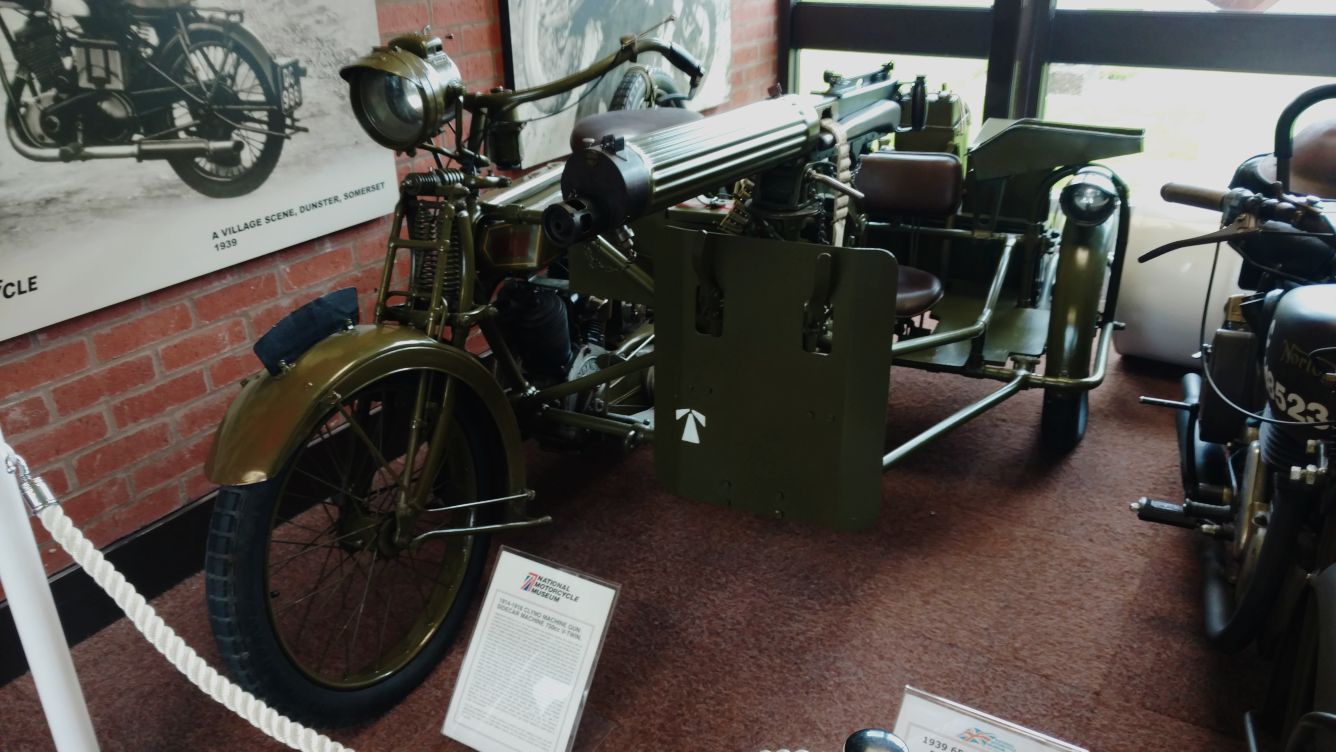
Above is pictured B’s favourite motorbike of the whole museum. He called out to the satanist who was still making his way through Hall 1 (of 5) saying “you have seen nothing yet!”. Sadly, the machine gun attached to the side car would not have been used whilst driving. The weapon would have been detached and mounted before use. Nonetheless, this was an impressive British bike, made by Clyno in 1914.

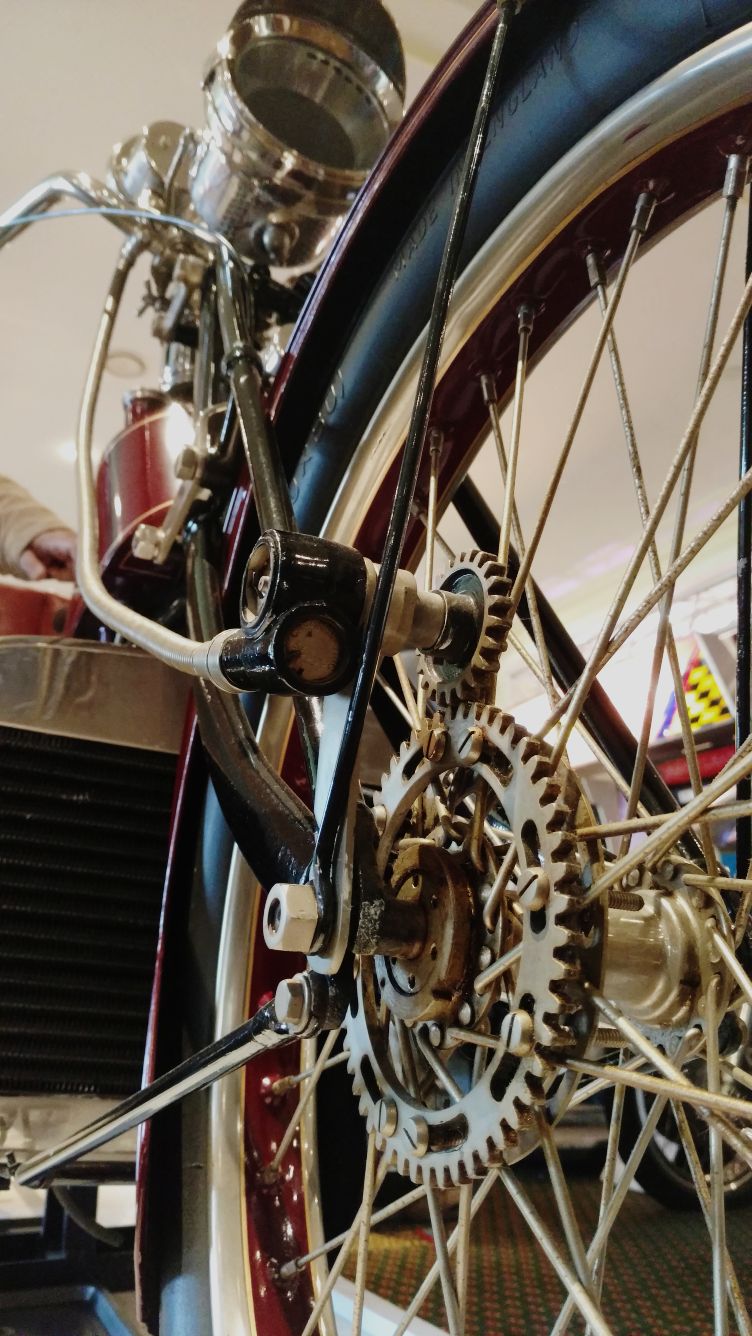
.
.
.
.
Pictured left is an incredible specimen from Hall 4. The biggest motorbike engine made for mass production at the time when it was built. 2300CC petrol engine. The Triumph Rocket 3 was made in Hinkley, Coventry – not 25 miles from where we stood admiring it.
To the right was one of the first exhibits we saw. In the entrance hall before the ticket office. I am fascinated by the intricate functioning of motorcycles, especially this one. Perhaps I was a magpie in a previous life, hence my attraction to all things shiny. You’ll notice a ‘hood’ on the headlamp. This is because up to roughly 1937, most motorcycle headlamps were lit by a wick and flame rather than a bulb. How fantastic!
.
.
.
.
.There is something for everyone at the National Motorcycle Museum. There you shall find a motorbike which astounds you particularly. My favourite, the 1958 Nero, made from the wreck of an old Matchless Motorcycle (bought for £5!) Its improved version, the Super Nero, was recorded going as fast as 236 miles per hour. Quite impressive for being built over 60 years ago!
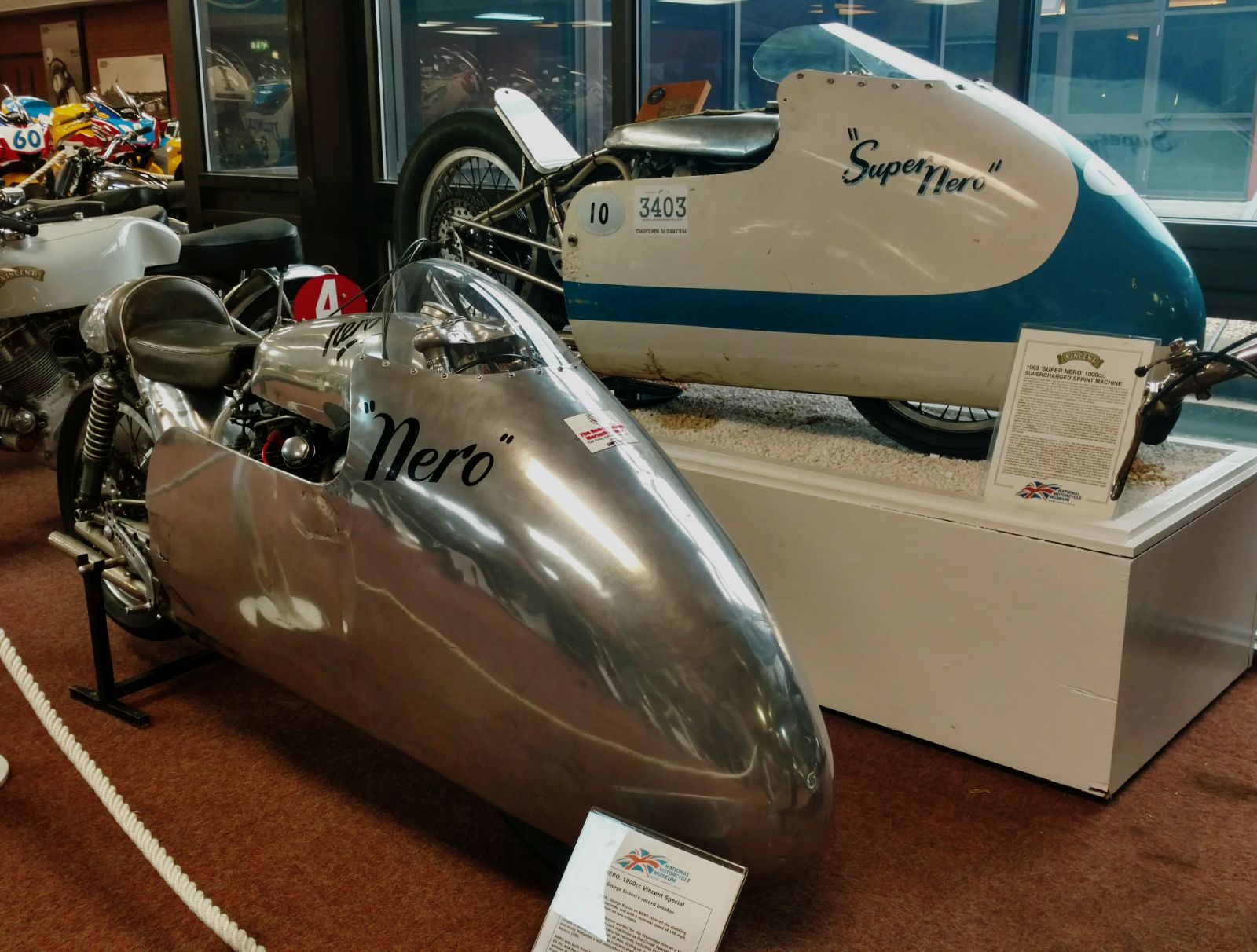
Now, a caveat. It should be mentioned that the satanist owns a motorcycle. It is not by mistake that we ended up surrounded by them. The one pictured below was and remains his favourite. There is something about a motorcycle in which one can consider brewing beer which makes it just that bit more masculine. The aptly named “Copper Knob” is, for want of a better word, breathtaking.

I leave you with my final favourite photograph. You’ll have noticed in the ‘featured image’ a line up of police cars. On the back of one of them an extraordinary codicil which I did not expect to see on a vehicle with fewer than four wheels.

If the reader looks past the incredible telephone, they should see a reflection of the Suggestor in the mirror.
This museum really impressed my flatmates and I. A family run business since its inception; collecting British made motorcycles. There is something deeply patriotic about visiting the National Motorcycle Museum. I enjoyed it thoroughly and I hope you shall too.

